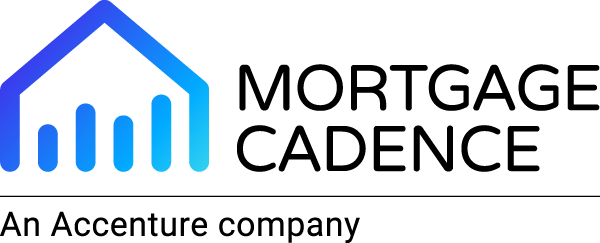One of the exciting things about working in the U.S. home finance industry is that something is always changing. I’m not talking about the bone-jarring, cataclysmic change that we only see every few decades in our business, but rather the shifting competitive landscape driven by new consumer trends.
Sometimes, these changes are easy to predict. Everyone could tell that homeowners would eventually begin to understand the refinancing process as interest rates continued to fall.
It took some time, but by the end of the historic refinance boom, American consumers were thinking nothing of walking back into their mortgage broker’s office for a new loan with a lower rate.
Purchase money trends are more difficult to identify, especially when the data is damped by low inventory and high affordability. Fewer data points make trends harder to spot.
A shifting consumer trend is emerging, signaling growth for at least one segment of the mortgage business.
The return of home equity lending
We are all familiar with the fact that when homeowners have high levels of equity and rates are too high for a cash-out refinance, home equity lending would make a comeback. But it didn’t happen as quickly as many thought it would.
Second liens are not attractive to many originators and tend to be a tool used by smaller depositories more often than other types of lenders. They typically involve a sales process, which is not a particularly strong suit for many of these institutions. They often compete with other forms of financing, including credit cards.
When consumer credit card debt reaches high levels and mortgage interest rates remain elevated, home equity lending tends to become a more attractive option.
More evidence for this hypothesis comes from the Fed’s actions -- or rather lack of them. Keeping rates high is putting a drag on both purchase money and refinancing demand. The Fed’s delicate dance using lagging indicators instead of more current data suppresses consumer spending power and mortgage affordability.
The industry embraces standalone seconds
As a result, we’re seeing more standalone seconds being originated in the marketplace. As we watch loan production flow through the Mortgage Cadence Platform (MCP), we’re noticing more of these products making their way to the closing table.
Because MCP can originate any type of mortgage product, we get to see what’s becoming popular for our lender partners.
A growing number of the new home equity products we’re seeing are subordinated liens offered by our lender partners. Some of these don’t even involve repayment terms for part or all of the loan period, returning the principal and interest to the investor when the home is sold.
It’s too early to know how this trend will play out. Lower mortgage interest rates would drive these borrowers to more affordable financing tools. But if the Fed continues to wait for the sign it’s looking for, this part of the business could see some impressive growth.
It’s all part of the ever-changing but always exciting mortgage market.
By George Morales, National Sales Director at Mortgage Cadence
Want more?
Follow us on LinkedIn to be notified when our next article is released.
Media Contacts
Mortgage Cadence:
Alison Flaig
Head of Marketing
(919) 906-9738



